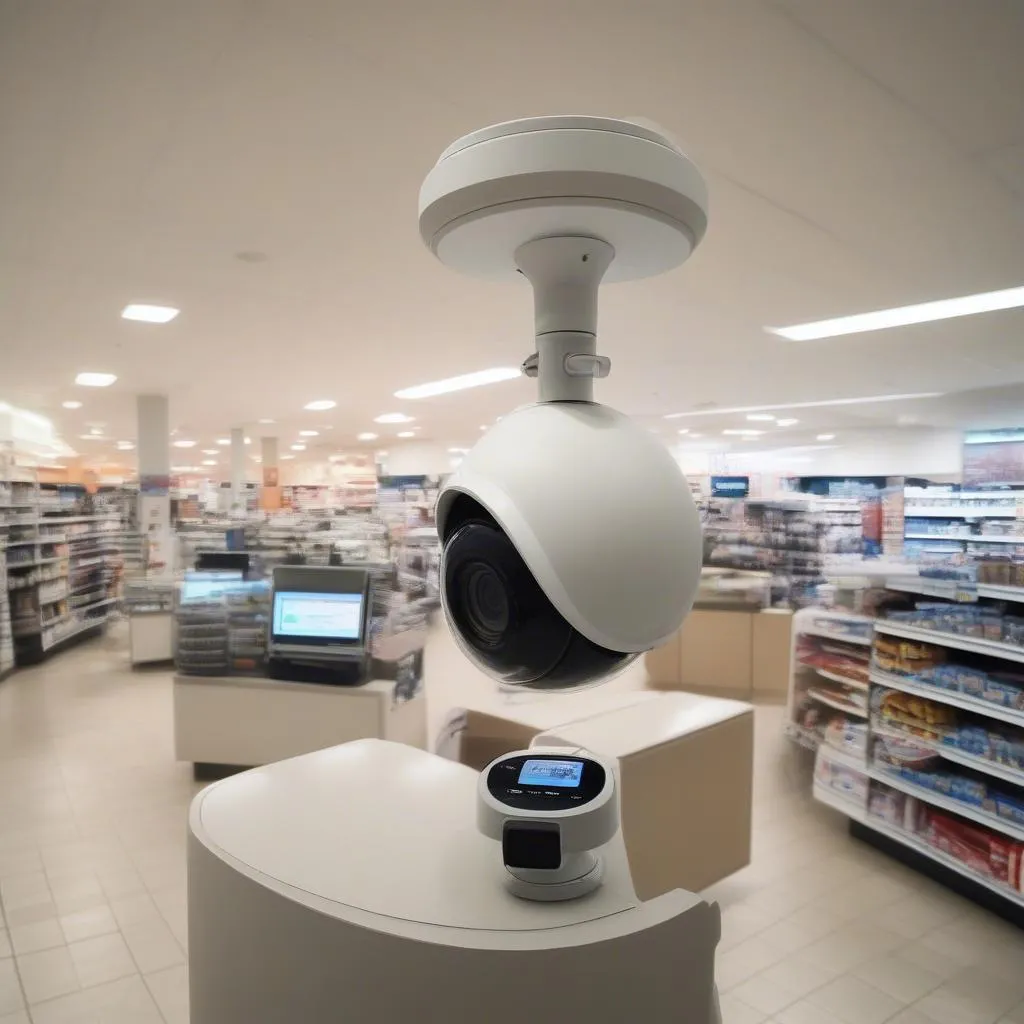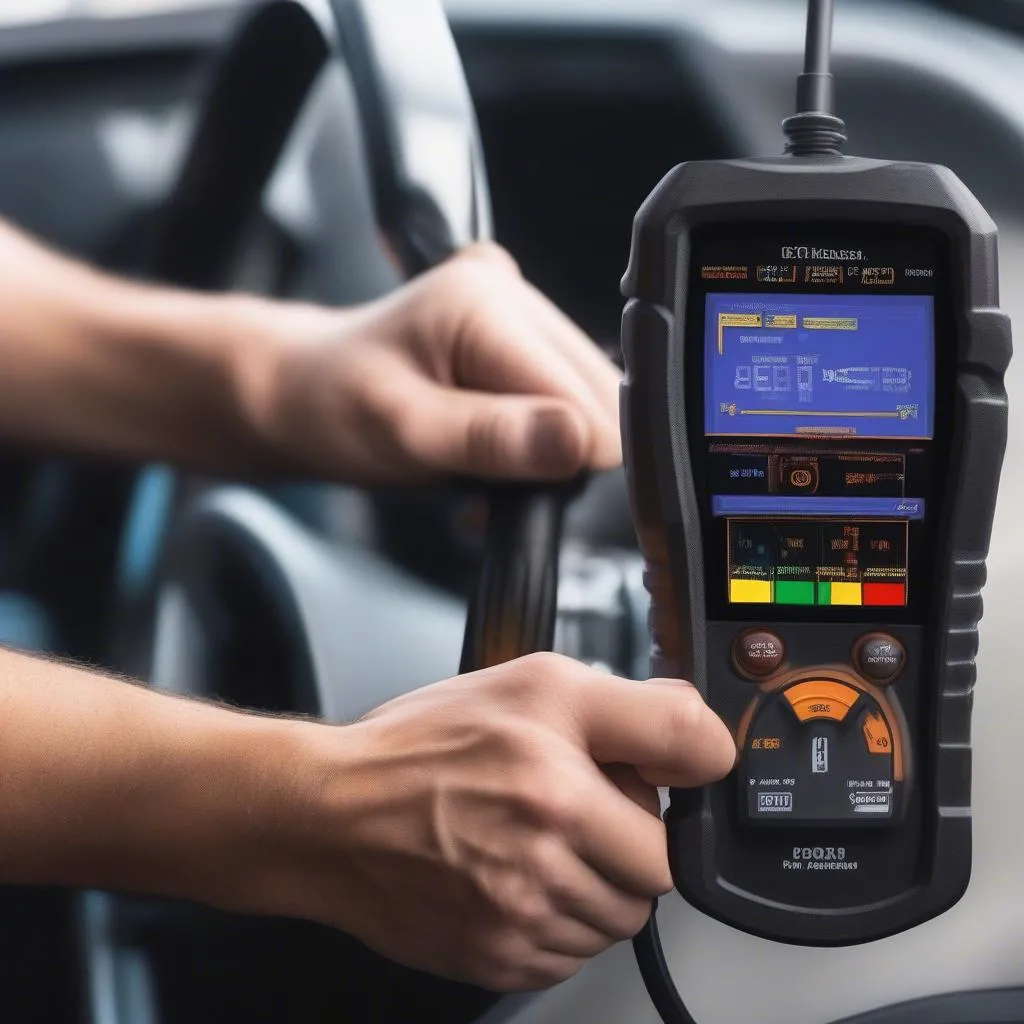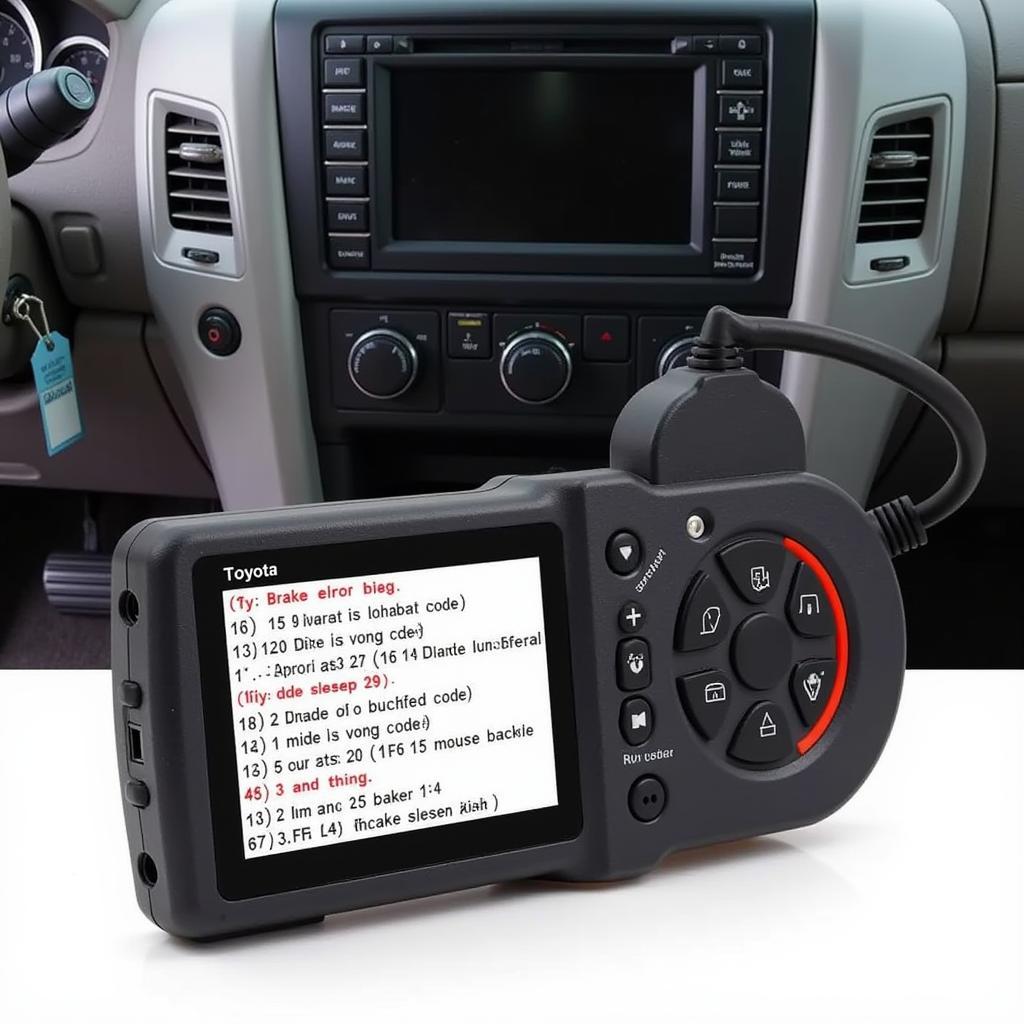You’ve seen them in stores, attached to everything from clothing to electronics: those clunky, sometimes-alarming anti-theft devices. But have you ever stopped to wonder how they actually work? These security measures play a crucial role in deterring theft and protecting merchandise, and understanding their inner workings can be surprisingly interesting.
This comprehensive guide delves into the fascinating world of retail anti-theft systems, unraveling the technology and strategies employed to safeguard goods.
Decoding the Mechanisms: How Retail Anti-Theft Devices Function
Retail anti-theft devices primarily operate on two main principles:
1. Radio Frequency Identification (RFID)
RFID systems are widely used in retail settings due to their effectiveness and cost-efficiency.
How they work:
- RFID Tags: Tiny microchips embedded within tags or stickers are attached to merchandise. These tags emit radio waves containing product information.
- Antennae: Strategically placed antennae within the store transmit and receive radio signals.
- Detection: When an RFID tag passes through the electromagnetic field generated by the antennae, the tag’s information is read, and an alarm is triggered if the tag hasn’t been deactivated during checkout.
Example: Imagine you’re purchasing a new jacket with an RFID tag attached. During checkout, the cashier uses a scanner to deactivate the tag. If you were to walk out of the store without the tag being deactivated, the antennae at the exit would detect the active tag and sound an alarm.
2. Acousto-Magnetic (AM) Systems
AM systems utilize a different technology, often employed for items like cosmetics and eyewear.
How they work:
- AM Tags: These tags contain two strips—one magnetic and one non-magnetic—that vibrate at a specific frequency when exposed to a specific electromagnetic field.
- Pedestals: AM systems use pedestals placed at store exits. These pedestals emit the specific frequency required to activate the tags.
- Detection: If an active AM tag passes through the pedestals, the vibration is detected, triggering an alarm.
Example: You pick up a pair of sunglasses with an AM tag. Similar to the RFID system, the tag is deactivated at checkout. If the tag isn’t deactivated, the pedestals at the exit will detect its vibration, and an alarm will sound.
Beyond the Basics: Additional Layers of Protection
In addition to RFID and AM systems, retailers often implement supplementary security measures:
- Ink Tags: These tags contain a dye pack that ruptures and stains the merchandise if tampered with, rendering it unusable and deterring theft.
- Cable Locks: Used for electronics and other high-value items, cable locks physically secure the product to a display, making it difficult to remove without authorization.
- Security Cameras: While not directly related to anti-theft devices, security cameras provide surveillance and can capture evidence of theft.
 Retail Security Camera
Retail Security Camera
FAQs: Addressing Common Queries
1. Can I accidentally trigger an anti-theft alarm after purchasing an item?
This is highly unlikely. Cashiers are trained to properly deactivate tags during checkout. If an alarm does sound, it’s usually a quick process for the cashier to verify the purchase and deactivate any remaining tags.
2. Are these anti-theft devices harmful to my health?
Both RFID and AM systems operate at low frequencies that are considered safe for humans. The electromagnetic fields emitted are minimal and pose no significant health risks.
3. Can I remove these tags myself at home?
We strongly advise against attempting to remove anti-theft tags yourself. Tampering with these devices can be dangerous and potentially damage the merchandise. Additionally, attempting to remove a tag without proper deactivation may trigger the security mechanism.
Cardiagtech: Your Partner in Automotive Diagnostics
While this article focuses on retail anti-theft systems, understanding various technologies is essential in today’s interconnected world. Just as retail security systems protect merchandise, automotive diagnostic tools play a crucial role in safeguarding your vehicle.
Cardiagtech offers a range of advanced automotive diagnostic products designed to identify and troubleshoot vehicle issues effectively. Our cutting-edge tools empower mechanics and car enthusiasts alike to diagnose problems accurately, ensuring optimal vehicle performance and safety.
 Car Diagnostic Tool
Car Diagnostic Tool
Conclusion
Retail anti-theft devices are intricate systems that play a vital role in loss prevention for businesses. By understanding their mechanisms and the technology behind them, consumers can gain a better appreciation for the measures in place to protect merchandise and ensure a secure shopping environment.
For expert automotive diagnostics and to explore a range of top-tier diagnostic tools, connect with CARDIAGTECH today. We’re here to support your automotive needs with innovative solutions and reliable expertise.

